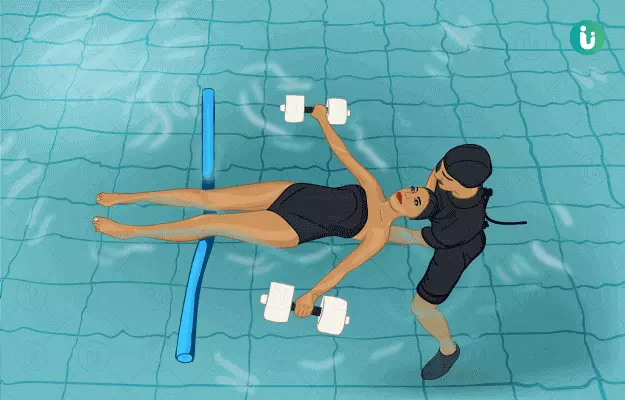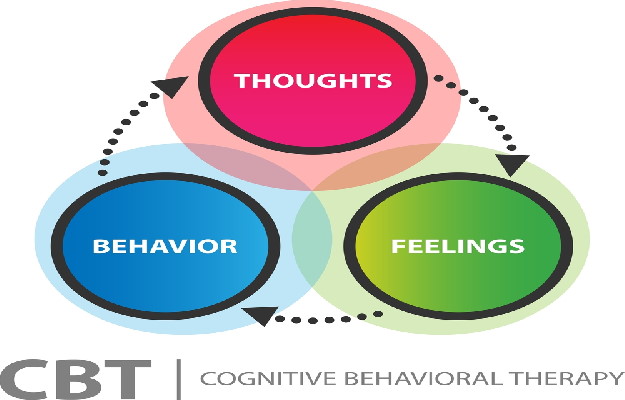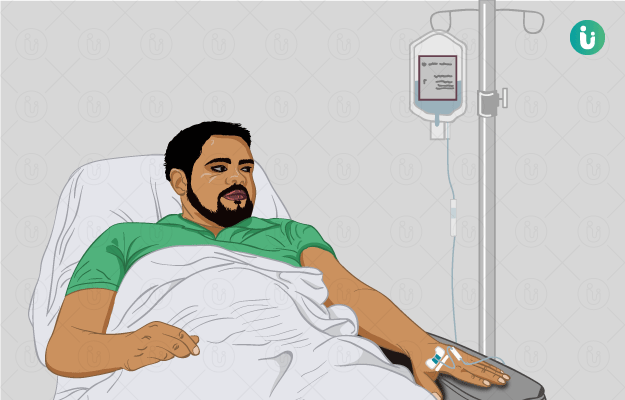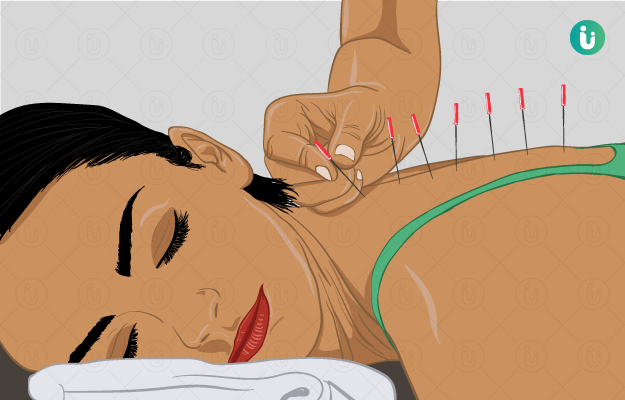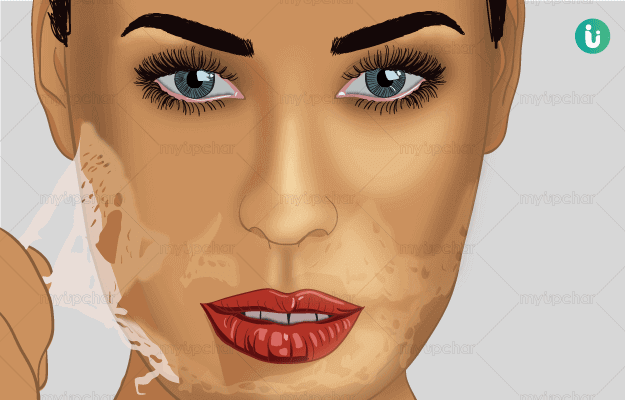Hydrotherapy, earlier known as hydropathy and water cure, is a system of alternative medicine and naturopathy that utilises water for healing. Various names are used for hydrotherapy interchangeably; some of them are water therapy, aquatic therapy, pool therapy and balneotherapy. The principle of hydrotherapy is that water in various forms and at various temperatures can produce different effects on different systems of the body. This principle has been exploited for the creation of therapies by many cultures and systems of traditional medicine that have been used since the dawn of civilisation. Modern-day hydrotherapy can be defined as the external or internal use of water in any of its forms (water, ice, steam) for health promotion or treatment of various diseases with various temperatures, pressure, duration and site. Even though the term therapy seems to imply the need for specialised medical equipment and the mandatory presence of a counsellor or therapist, hydrotherapy also includes seemingly inane practices like taking a hot bath or using a steam-sauna, which people can do and have been doing without supervision. However, with more specialised treatment modalities, a trained and expert instructor or therapist is indispensable to the process. An example is aquatic therapy, a form of physiotherapy where exercises are performed in water (typically a pool) for relaxation, fitness, physical rehabilitation and other therapeutic benefits. A trained aquatic therapy practitioner is in attendance throughout the session and provides guidance to the clients.
99% Savings - Buy Just @1 Rs
X

- हिं - हिंदी
- En - English
- Treatment
-
- Skin Issues
- Acne
- Fungal Infection
-
- Hair Problems
- Hair Growth
- Hair Dandruff
- Self-Analysis
-
- Chronic Diseases
- Diabetes
- Heart Care
- Weight Loss
- Sleep Support
- Liver Care
- Stress & Anxiety
- Our Brands
- Doctor Consultation
- Medicine A-Z
-
Health A-Z
-
- Treatments
- Home Remedies
- Herbs
- Surgery
- Lab Test
- Therapy
- First Aid
- Ayurveda
- Homeopathy
-
- Yoga And Fitness
- Fitness
- Yoga
- Weight Loss
- Weight Gain
-
- Other Topics
- Baby Names
- Beauty
- Healthy Foods
- Tips
- Health News
- Pet Health
- Men Health
- Medical Cannabis
- Login / Sign Up
